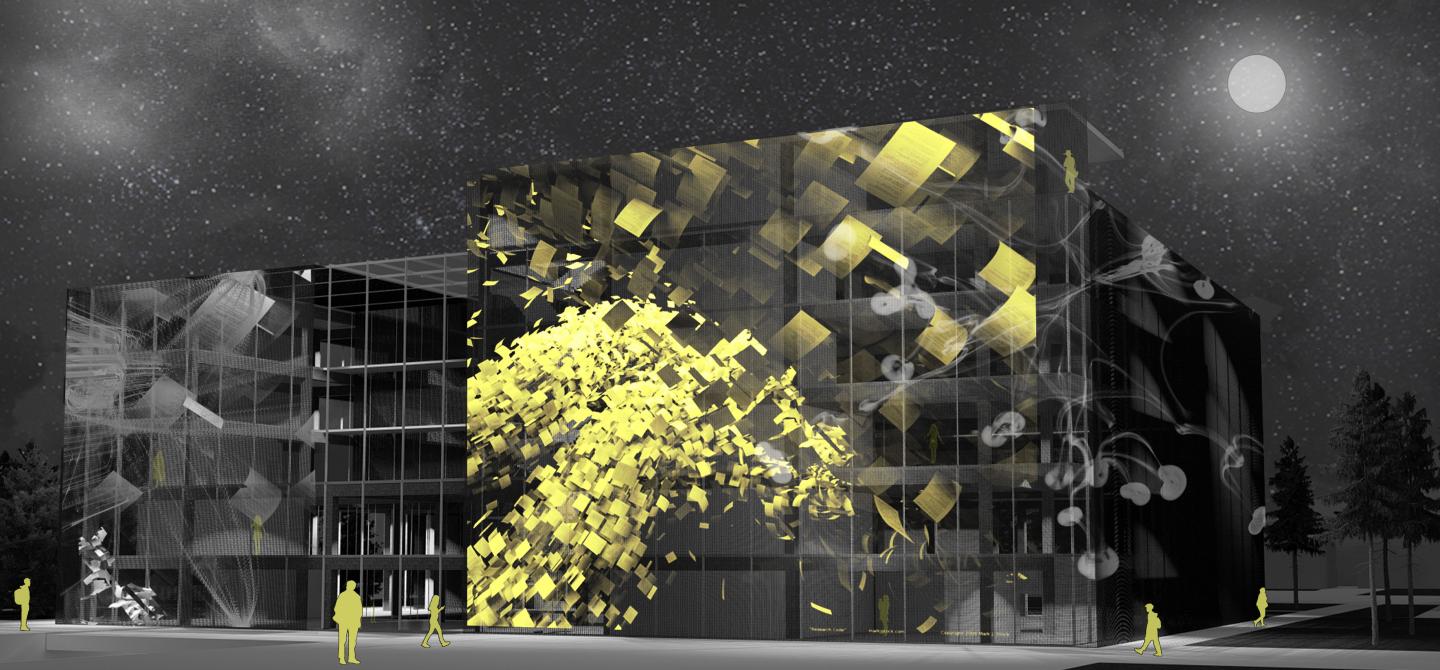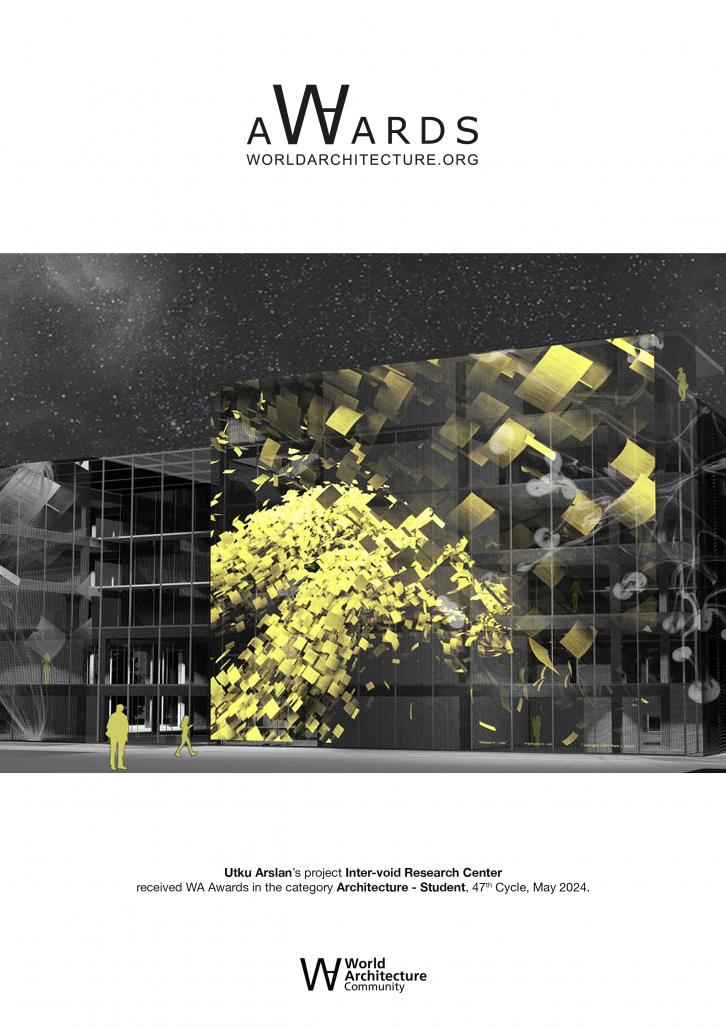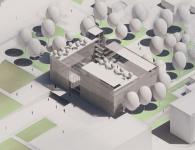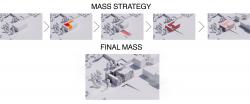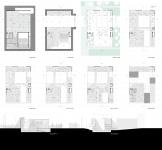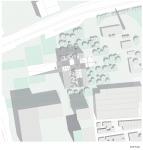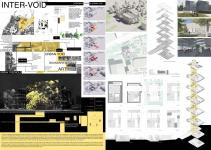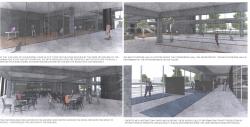The creative act of the first human, along with the rapid development of digital technologies today, is continually expanding its boundaries. Creative production has existed with humans and is a fundamental human need. However, this enduring need has been forgotten in the efforts of individuals living in modern cities to sustain their lives within the cycle of production and consumption. As people in modern cities engage in production for others, they neglect their internal creative production needs, leading to grow an inner void.
The most effective way to fill this void is through creative and artistic production. Artistic production is a form of expression where an individual's inner world is creatively manifested, reaching the pinnacle of productivity. In our era, where productivity has increased with the development of technology, it is no longer humans but mostly digital algorithms that engage in production. In this era where the creativity of digital art is debated, artistic production becomes even more crucial. However, it should be remembered that the raw material for digital art products is the creativity accumulated by humans over the years. If digital art produced by algorithms and artificial intelligence moves away from the human element, it risks falling into a repetitive cycle. In our technological era, can combine human creativity and internal expression with the digital but should not entirely surrender to it.
Architecture aims to provide human digital integration within a space and how can the dramatic void within humans be filled? should seek an answer to the question.
Looking at the location of the project, we can observe a similar dramatic void existing in the city, within the urban void created by train tracks constructed decades ago. The project is situated at a crucial point where the individual, the city, and the urban void can interact. Although this void attempts to draw individuals in with various activities related to its "cultural industrial heritage" and encourages artistic production, these efforts are insufficient. At this point, citizens need to touch both the urban void and the void within themselves. The urban dweller needs to be invited to this urban gap in a different way, perhaps through a guide.
Architecture is seeking answers to questions like, "How does a space transform into a production center? Can the individual in the city fill the void of internal artistic production through space?" Within the urban void it occupies, the architecture aims to fill the void by designing a space. It creates a "threshold" and "interface" that invites people into the urban void. It interprets the movements of those involved as inputs for artistic production and transforms its facade accordingly. The goal is to reclaim this abandoned and confined urban void for the city and its inhabitants. In doing so, it aims to make the urban dweller aware of the void within and encourages them to fill it.
The designed space is a research center that examines, investigates, and develops artistic outputs generated by human movements from various perspectives. The research conducted in this center is shared and enriched with national and international art and technology experts. Many differentiated spatial program elements such as open offices, libraries, and interaction experiment areas are designed around voids.
This project is an architectural design aiming to relate the concept of void in architecture to two voids in the context of urban and individual relationships and to fill these voids together as a holistic relationship. The building examines and research the artistic output coming from the movement of human during the process of this concept.
2022
A convolutional structural reinforced concrete system was used in this multi-story research center. This system is reinforced with shear walls in some places. It is covered with a second wall in place to control Solar Radiation. Sustainable air flow is provided. The windows are insulated and aluminum profiles are used.
Designer: Utku Arslan
Instructor: Prof. Dr. Erdem Erten, Lecturer Tolga Kezer, Lecturer Mert Velipaşaoğlu, R.A. Tansu Değirmenci, R.A. Müjde Yar, R.A. Buse Ezgi Sökülmez, R.A. Gizem Yazıcı
Inter-void Research Center by UTKU ARSLAN in Turkey won the WA Award Cycle 47. Please find below the WA Award poster for this project.

Downloaded 0 times.
Favorited 5 times
